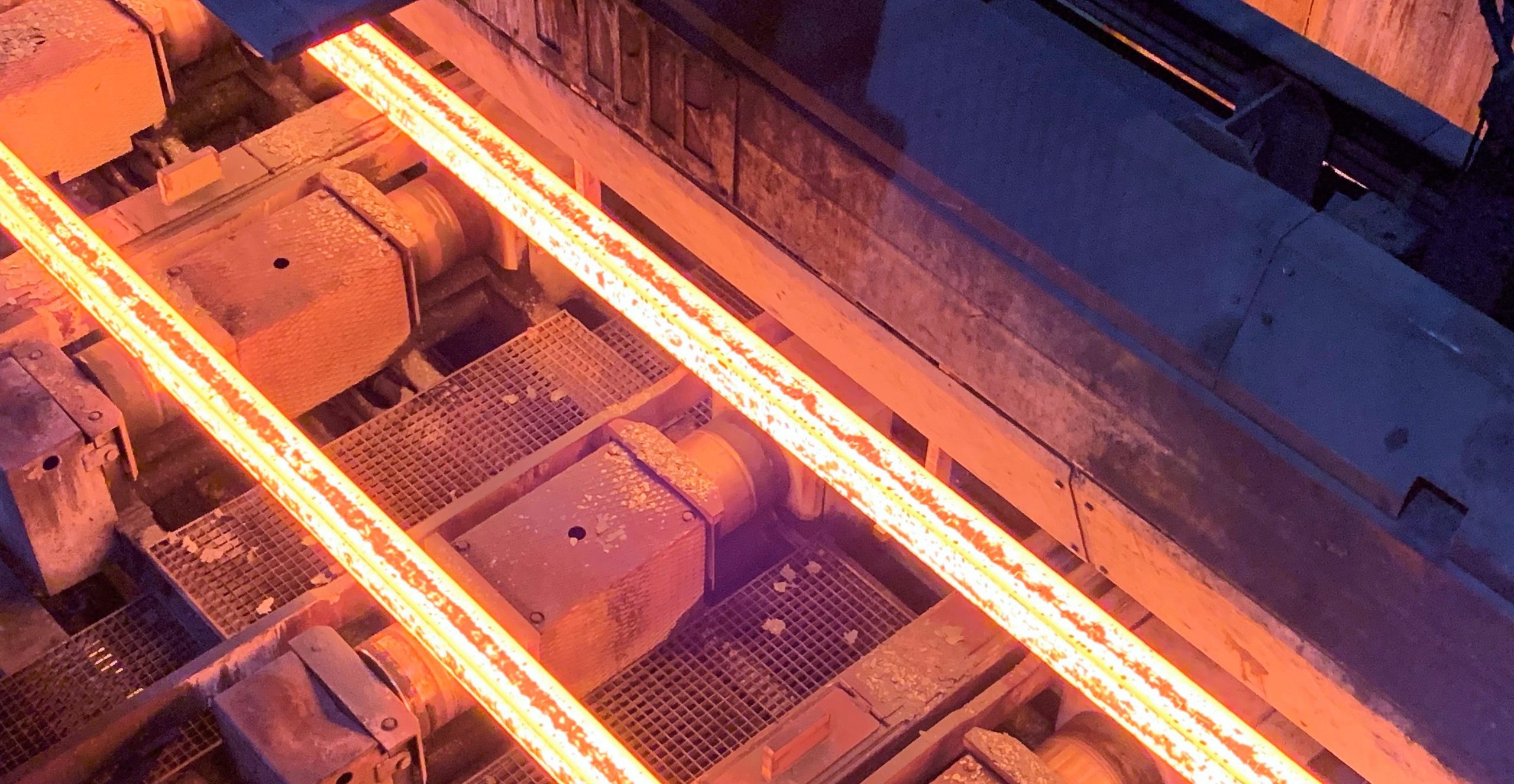- About us
- Research expertise
- DIGITAL – Institut für Digitale Technologien
- MATERIALS – Institut für Sensorik, Photonik und Fertigungstechnologien
- ROBOTICS – Institut für Robotik und Flexible Produktion
- COREMED – Zentrum für Regenerative Medizin und Präzisionsmedizin
- HEALTH – Institut für Biomedizinische Forschung und Technologien
- LIFE – Institut für Klima, Energiesysteme und Gesellschaft
- POLICIES – Institut für Wirtschafts-, Sozial und Innovationsforschung
- Business areas
- Products & services
- Research infrastructure
- Beteiligungen
- Career
- Aktuelles
- Publications
- Kontakt zu uns
ClinSteel: Climate neutral steel production
Duration:
01/2022
—
12/2024
Total Project Duration
3 Years

The project
The aim is to develop a software-based climate neutrality model that integrates methods of prospective and dynamic life cycle analysis (LCA) consistently for the first time in the context of the transition of Austrian raw steel production to climate neutrality. As a result, the dynamics of the transition of industry, the energy system and all other economic sectors can also be mapped in the corresponding data and impact models of the LCA in a time-differentiated manner.
Our activities in the project
We are developing a demonstrator of a climate neutrality model that integrates life cycle analysis methods consistently for the first time.
- Modelling of dynamic foreground and background data of the steel industry, the energy sector and upstream processes
- Scenario modelling methods for defining consistently coordinated foreground and background processes
- Dynamic impact analysis to transfer the dynamic LCI data to the time-differentiated radiative forcing
Research groups
Downloads
Customers
Das Projekt ClinSteel wird aus Mitteln des Bundesministeriums für Klimaschutz, Umwelt, Energie, Mobilität, Innovation und Technologie (BMK) gefördert.
Project partner
JOANNEUM RESEARCH - DIGITAL
Details of the project
The task is to develop a climate neutrality model. This enables to analyse and evaluate the transition of today's blast furnace-based raw steel route as Austria's largest single emitter to a climate-neutral steel production and the contribution of new key technologies and processes to the greenhouse gas emissions of steel production over time. The analysis and evaluation in the climate neutrality model is based on greenhouse gas emissions in the life cycle. In addition to the course of emissions reduction, it is also possible to assess the shift from today's mainly direct emissions at the steel production site to indirect emissions (e.g. from the provision of hydrogen), which will be mainly upstream in the future. The methods and calculation processes within the life cycle analysis (LCA) are being further developed and merged for this use case. This is necessary in order to map the dynamics in the transition of the steel industry, the energy system and all other economic sectors required to achieve climate neutrality by 2050 in the corresponding data and impact models of the LCA in a time-differentiated manner. This will increase the informative value of the results as a basis for evaluating various transition scenarios for the Austrian steel industry.
The aim of the project is to develop a demonstrator of a climate neutrality model in which various methods of life cycle analysis (LCA) are consistently brought together and integrated for the first time in the thematic context of the transition of steel production to climate neutrality.
The methods:
- Methods for modelling dynamic inventory (LCI) foreground data of steel and energy production, as well as dynamic background data of upstream processes
- Methods for modelling prospective inventory (LCI) data of future key technologies that are not yet available on a large scale today
- Methods for dynamic impact analysis (LCIA) to transfer the temporal differentiation of the dynamic LCI data to a temporally differentiated response of the biosphere
- Scenario modelling methods for defining consistently coordinated foreground and background processes and flows for different types of scenarios
The climate neutrality model will be developed in an open source software environment. Together with stakeholders, scenarios for the transition of crude steel production to climate-neutral production will be defined and modelled in order to evaluate the temporal course of GHG emissions and compliance with a specified GHG budget for the steel industry.
Project participants
Related projects
Miteinander zukunftsrelevant
Die JOANNEUM RESEARCH ist Innovations- und Technologieanbieter im Bereich der angewandten Forschung. Als Forschungsgesellschaft der Länder und Regionen prägen wir mit unseren Forschungskompetenzen die Entwicklung unserer modernen Gesellschaft und Wirtschaft nachhaltig und menschenzentriert. Als multidisziplinäres Team in flexiblen, innovationsfreundlichen Strukturen leben wir höchste gesellschaftliche und wissenschaftliche Ansprüche.



